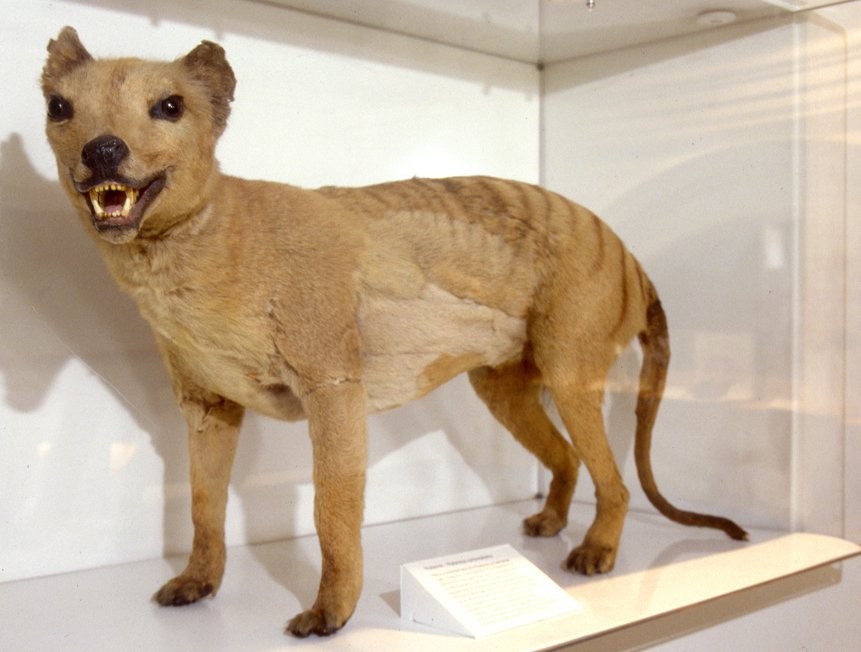
Although declared extinct in 1936, a least eight sighting incidents of the Tasmanian tiger were reported in the last three years, according to the Australian government.
Tasmanian tiger, or thylacine, is a quadrupedal mammal that looks like a crossbreed of a wolf, a fox, and a large cat. Its noticeable feature is its yellowish-brown fur and distinct dark stripes on its back up to its tail. Dubbed as Thylacine, this species is a marsupial that has a belly pouch for its babies similar to kangaroos.
In February, a report said two people who were driving to Tasmania had seen a striped animal with a stiff tail walking onto the road. They looked at the animals for 12 to 15 seconds with a clear view.
Another report from the same month came from a worker on a rural farm who had witnessed a striped "cat-like" creature moving through the mist.
Another sighting of the said extinct animal occurred near the Deep Gully Forest Reserve in northwestern Tasmania. The driver said that he had seen a "bloody big" cat but failed to confirm if it has stripes because it was at least 150 meters away from him.
The most recent report was in July, by a man in Southern Tasmanian who said he saw a footprint similar to Tasmanian tiger's.
Unfortunately, no hard evidence like pictures or videos were shown to the authorities, making them doubtful if those cases were correct. The situation was compared to Loch Ness Monster, a giant creature believed to be inhibiting at Loch Ness in Scotland. Like the Tasmanian tigers, substantiated sightings were the only "proof" of its existence. Recent studies even claimed that it is just a huge eel and not the long-necked monster with a giant back hump.
Tasmanian tigers are native to Tasmania and the mainland of Australia. According to the Australian Museum, this was the last member of the Thylacinidae family that was seen by the modern era.
There is still no known exact reason why the thylacine has gone extinct, but direct human execution might have hastened it. Back then, these animals were considered as pests since they preyed on sheep. The introduction of dogs to guard the flocks might also have an impact.
Thylacine has always been a major component of Tasmanian culture. Aborigines in Tasmanians even consumed them. Ancient paintings that feature creatures similar to them were seen in many areas in Australia, especially in the Kimberley in the west.
In 2002, a plan to revive the race was conducted by scientists at the Australian Museum through DNA cloning technology.
© 2025 NatureWorldNews.com All rights reserved. Do not reproduce without permission.





